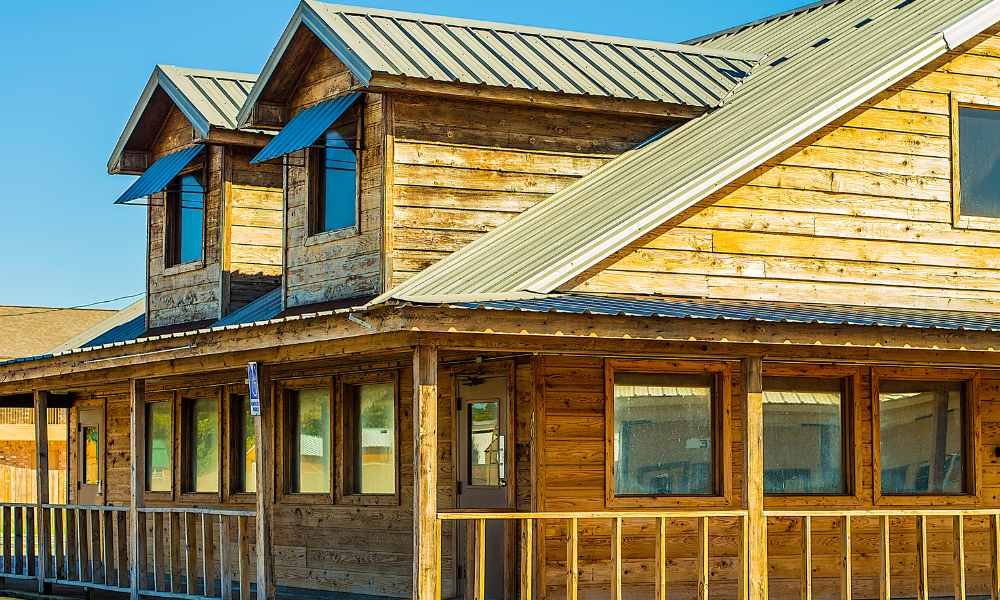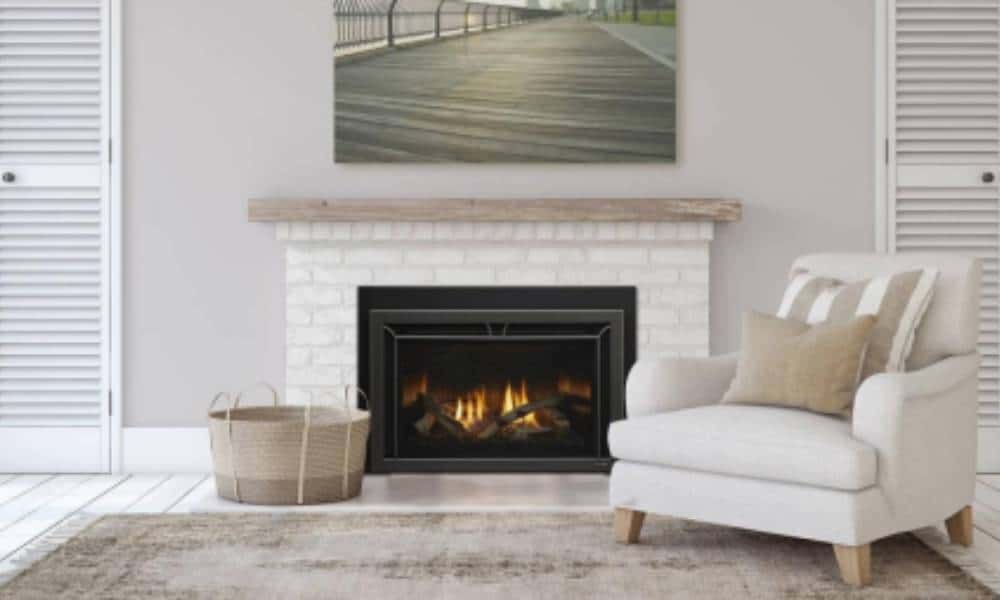Homes in the rustic design are an appealing option for homeowners looking for a warm and pleasant refuge because they radiate warmth, charm, and an attachment to nature. These houses, whether they are tucked away in a suburban community or the countryside, combine classic design features, earthy hues, and natural materials to create a cozy atmosphere. The fundamental procedures for constructing a rustic-style home, from the foundation to the final details, will be covered in this article.
Choosing the Right Location
Finding the ideal site that accentuates the rustic aesthetic is the first step in creating a house with a rustic design. Think of serene, naturally beautiful locations, such as forested lots, attractive slopes, or serene lakeshores. Your home’s design will be influenced by the surrounding terrain, which may also serve as inspiration for adding rustic architectural aspects. Make sure your chosen location satisfies both practical and aesthetic criteria by considering additional elements such as sunshine exposure, stability of the ground, and closeness to facilities.
Designing the Floor Plan
Open areas, ample natural light, and easy indoor-outdoor movement should be given top priority when creating the floor plan for your rustic-style home. Select an open-concept design that facilitates seamless transitions between living spaces and unites the interior with the external environment. Large windows, high ceilings, and exposed beams may all help to highlight the surrounding area’s natural beauty and increase the feeling of spaciousness and airiness. Additionally, adjust the floor design to suit your needs and lifestyle, ensuring practical areas for dining, living, and entertaining.
Selecting Rustic Materials
The use of organic materials that weather well and provide both indoor and outdoor areas character and warmth defines a rustic-style home. To achieve a rustic yet sophisticated look, use elements like wood, stone, brick, and metal. When building, think about utilizing salvaged or reused materials for a more natural and genuine look. Additionally, make sure the maintenance and durability needs of each material fit your lifestyle and tastes by researching them.
Incorporating Architectural Details
The architectural features in your home are what define its rustic design. To give your house more character and charm, add features like exposed wood beams, stone fireplaces, barnyard doors, metal accents, and board and batten siding. In addition to enhancing the rustic look, these features impart a feeling of artistry and heritage. For a unified look, make sure these components are smoothly incorporated into the overall design by speaking with an architect or designer.
Embracing Natural Finishes
Accept earthy hues and organic textures for finishes that accentuate your home’s rustic look. Consider finishing options like stone worktops, rough-hewn wood paneling, and hardwood floors to give your interior spaces more coziness and authenticity. Select matte or aged finishes to accentuate the materials’ inherent patina and foster a homey feel. Consider using eco-friendly sealants and finishes to reduce your environmental impact further and improve the quality of the air within your home.
Incorporating Outdoor Living Spaces
If you want to live the rural lifestyle to the fullest, include outdoor living areas in harmony with the environment. Consider a deck, patio, or covered porch where you can unwind and take in the scenery. Enhance these areas with cozy seats, outdoor cooking areas, and fire pits to create welcoming locations for socializing and relaxing. In addition, incorporate landscaping components like water features, rock gardens, and native plants to accentuate the rustic appeal of your outdoor areas.
Adding Personal Touches
Lastly, incorporate unique decor elements and personal touches that express your sense of style and personality. To create a warm and welcoming ambiance, add touches of nature, handcrafted fabrics, and rustic furnishings. Incorporate pictures, memorabilia, and artwork into your rustic-style house to give warmth and character while telling the tale of your life and activities. In addition, contemplate do-it-yourself endeavors and personalizations to add distinctive elements to your house that showcase your imagination and enthusiasm for rustic life.
Conclusion
Constructing a home in the rustic style is a fulfilling undertaking that enables you to construct a cozy and welcoming haven that honors the beauty of the natural world and the classic charm of rustic architecture. You can realize your fantasy of a rustic dream home by selecting the ideal site, components, architectural features, and finishing touches.





